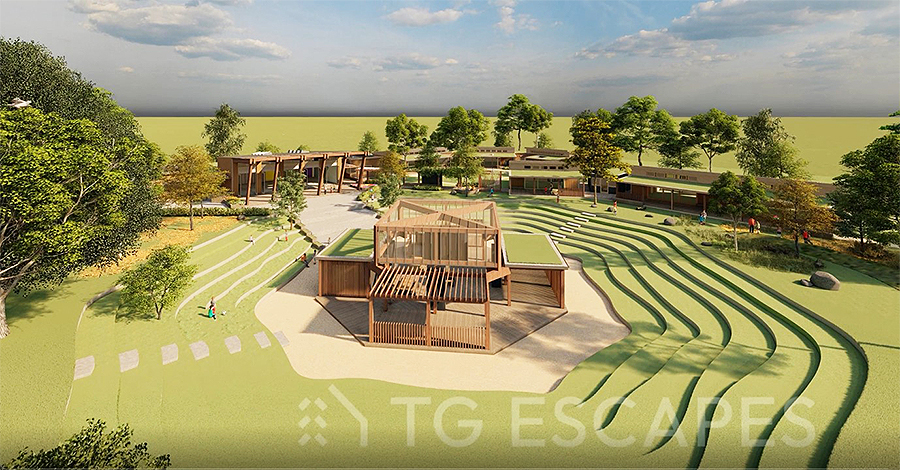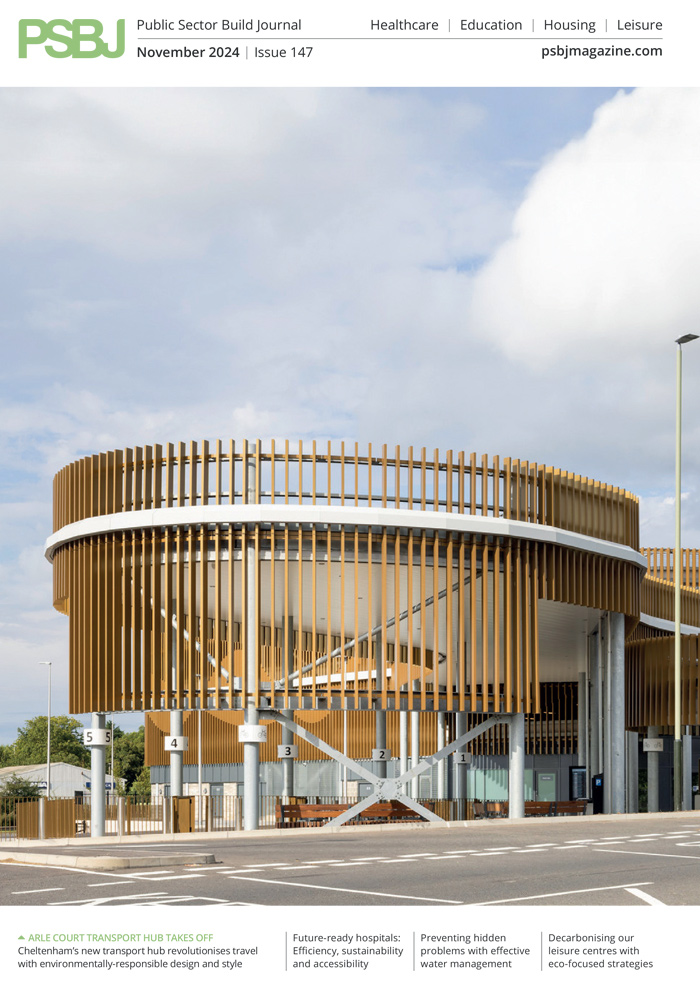Young people in the UK today are facing a perfect storm. The 21st century has seen technology impact natural human interaction whilst the pandemic has compounded the problems associated with reduced socialisation and global warming is a growing source of anxiety.
TG Escapes
It is no wonder that the mental well-being of children and young people is falling under this huge strain which is representing a key challenge for schools, teachers and parents. As many as 10% of children aged five to 16 have a clinically diagnosable mental health problem. Currently, one third of people aged eight to 24 report an increase in mental health and wellbeing issues*.
Exposure to Nature
Whilst it is clear that there is not a single, magic solution to the problem, it is well known that reconnection with nature can play a major role in enhancing a child’s development, mental resilience and capacity to thrive and learn. A study between Aarhus University in Denmark and Proceedings of the National Academy of Sciences in the US, children who grow up in greener surroundings have up to 55% less risk of developing various mental disorders. Biophilia, or a love of the natural world, is programmed into our DNA and appropriate architectural design can serve to nurture our deep-rooted need to connect to nature.
Biophilic Design
Biophilic design in classrooms has been shown to boost children’s wellbeing both physically and mentally. Noisy, open plan classrooms can cause stress and fatigue which can be alleviated by exposure to nature resulting in improved cognitive ability and emotional wellbeing. Furthermore, adding sensory elements from the living natural environment can inspire curiosity, imagination and discovery whilst offering a significant boost to learning by way of increased attendance, improved behaviour and increased focus.
Improved Educational Outcomes
These benefits have been proven by a variety of scientific experiments. One study by A Sigman shows that children exposed to nature scored higher on concentration and self-discipline than control group students and performed better in core curricular subjects. Another study by Human Spaces found that by optimising exposure to daylight, attendance can increase by more than three and a half days a year, whilst test scores can improve by between 5 and 14% with speed of learning boosted by as much as 26%. A further study has shown that a timber classroom can reduce the heart rate of occupants by 8600 beats per day versus a traditional classroom, indicating stress relief.
A Biophilic School
Having practised the implementation of biophilic design principles for many years, TG Escapes wanted to design an entirely biophilic primary school that is sensitive to the environment, cost effective and practical to build using modern methods of construction.
They have designed a new single-entry nursery and primary concept school. Constructed almost entirely from timber, the school will have a low embodied carbon value; be highly sustainable and net-zero in its lifetime. Furthermore, it will be more affordable to build, maintain and run than traditionally constructed buildings. In addition, renewable energy generation will be built into the design at every opportunity.
The design comprises separate pavilions for various school functions, connected by covered walkways and canopies and arranged to envelop a central landscaped, terraced area with an outdoor class at its centre. This promotes an interaction and connection with nature. It encourages sociability and play, whilst maximising the opportunity for outdoor learning, exercise and fresh air in all weathers.
Cost and Carbon
The building will be cost effective to build and to operate and extremely eco-friendly. As TG Escapes are utilising an existing, panelised modular system, they are able to make a whole life carbon calculation. The total cost of the build, (excluding landscaping and services which will be site specific) will be £4m. Comparing this design to the EBDOG benchmark survey for primary, the scheme provides 7.31m2 per pupil (including circulation) versus the benchmark 5.69m2. The benchmark shows that an average cost of a net-zero school is around £2500 pm2. Their biophilic buildings come in at only £1,823 pm2 leaving plenty of headroom for external works.
The whole life carbon calculation exceeds the RIBA 2030 target for schools.
Biophilic Schools. Better for the Environment. Better for our Children
TG Escapes believe that our relationship with nature is a cornerstone foundation for robust mental health and a young mind’s capacity for learning. They are working with MTM Consulting to identify a suitable site to build a biophilic school that can help to provide a better future for our children and the world in which they live. They are also happy to work with education groups should they have a project to suit this biophilic approach.
For more information, please get in touch with TG Escapes using the information below.
* Barnardo’s Big Conversation 2020












